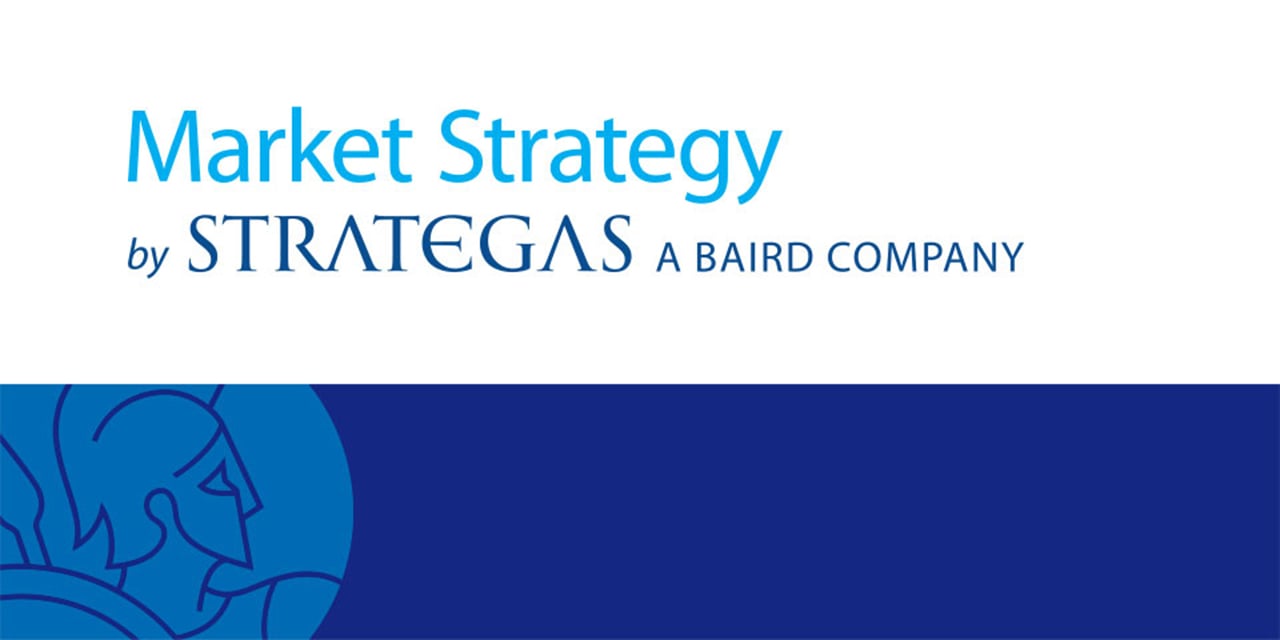
Making the Most of Employee Stock Ownership
With many companies having reduced their annual grants of stock options or restricting the amount of company stock that can be acquired in their 401(k) plan, employee stock purchase plans (ESPPs) are becoming an increasingly important way to offer employees an opportunity to acquire company stock.
A recent survey of 350 corporate partners that provide financial counseling or financial education services found that just over 50% maintain some type of stock purchase plan. According to a 2019 survey conducted by the National Center of Employee Ownership, roughly two-thirds of eligible employees participate in stock purchase plans.
These plans generally permit all employees to acquire company stock through convenient payroll deduction, and often at a discount from fair market value. Participation is voluntary and employees can “turn on” and “turn off” when they want to participate. Given the uncertainty in the economy due to the COVID-19 pandemic, this is a good time to take a second look at these valuable savings vehicles.
Key Benefits Associated With ESPPs
Some of the primary benefits of ESPPs include:
- The employee may be able to buy stock at a discount from the market value.
- Shares are acquired with little or no cost to the employee and through the convenience of payroll deduction.
- The shares’ appreciation is eligible to be treated as capital gains for tax purposes.
- The employee controls when stock is sold and, thus, when taxes are incurred.
Under an ESPP, employees may have amounts deducted from their salary each pay cycle during an offering period of typically 6 or 12 months. At the end of the offering period, shares are acquired for the employee’s account based on the purchase price established by the plan. This could be the value at the purchase date or, if the plan permits, the price of the stock when the offering period began, if lower.
If a purchase price discount is available, it cannot exceed 15% if the plan is to be treated as qualified under IRC §423. This can be calculated, if the plan permits, based on the price at the beginning of the offering period or at the end of the offering period, known as a “lookback” feature. A plan with a lookback feature can provide a significant opportunity for the employee to benefit from short-term stock price appreciation.
Here’s how it could work for you. Let’s say the stock price is $20 at the beginning of the offering period and $25 at the purchase date. With a 15% purchase price discount and a lookback feature, the purchase price will be $17 (85% of $20). That means the true economic discount at the purchase date is actually 32%.
Like most broad-based stock option plans, ESPPs do not necessarily lead to long-term stock ownership. Past trends indicated that non-management employees held stock acquired through an ESPP for just five months, on average. That’s not a bad thing; principles of diversification hold that you should not let your portfolio become too concentrated in one type of issue, even your own company’s stock.
ESPPs can be complex, and the more you understand about them, the more valuable they can be for you. If you have the chance to participate in one, talk to your Baird Financial Advisor about how you can make the most of this opportunity.
The information offered is provided to you for informational purposes only. Robert W. Baird & Co. Incorporated is not a legal or tax services provider and you are strongly encouraged to seek the advice of the appropriate professional advisors before taking any action. The information reflected on this page are Baird expert opinions today and are subject to change. The information provided here has not taken into consideration the investment goals or needs of any specific investor and investors should not make any investment decisions based solely on this information. Past performance is not a guarantee of future results. All investments have some level of risk, and investors have different time horizons, goals and risk tolerances, so speak to your Baird Financial Advisor before taking action.


